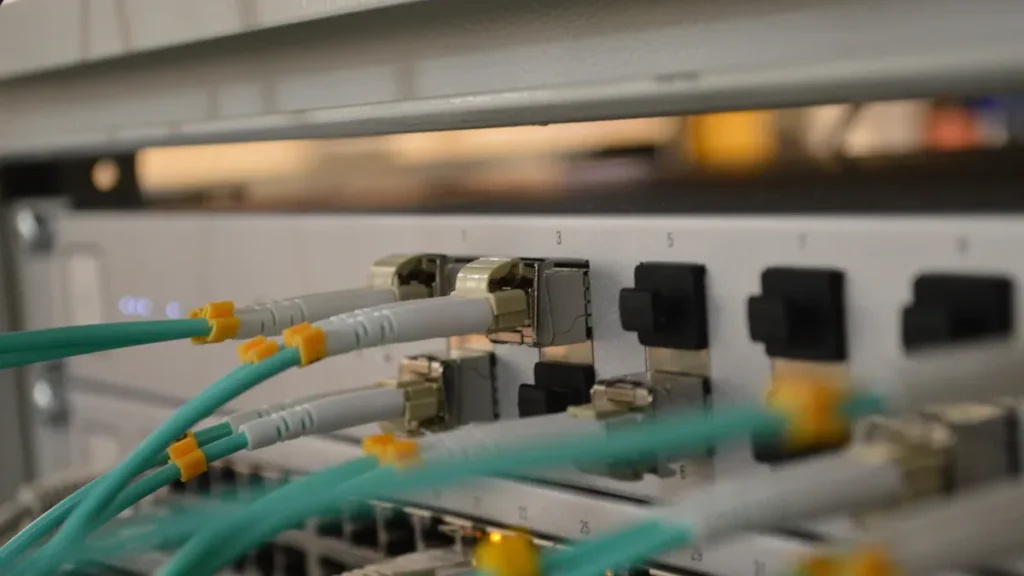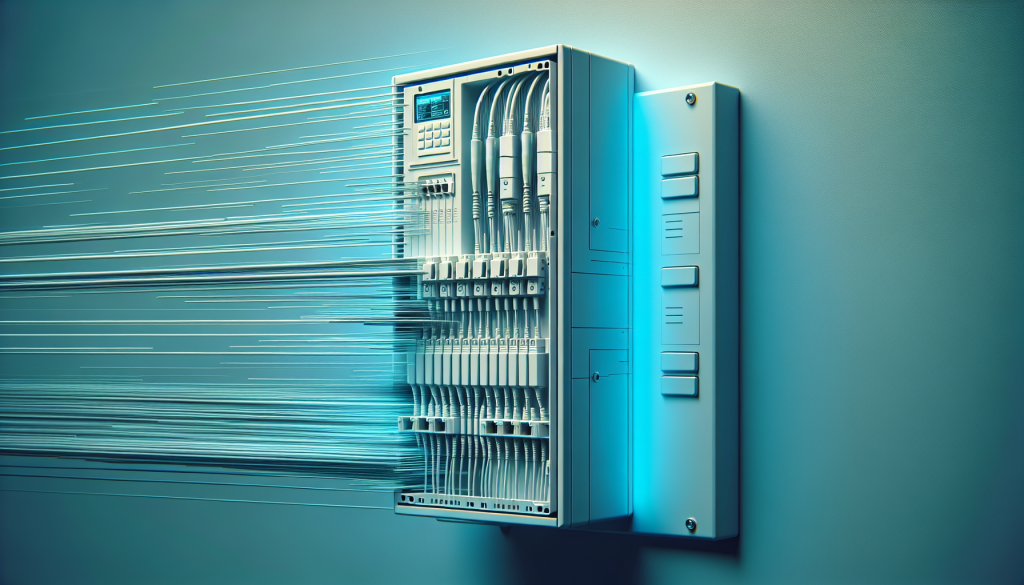The fiber distribution box is a frequently used product in FTTH and FTTB networks. It shields the optical cable’s connection point to access the customer end, making the optical cable access point stable, dustproof, and waterproof. It lowers the interference for accessibility sign of the optical cable to the external environment as far as possible. According to the real application environment’s various requirements, there are many types of fiber distribution boxes on the current market. How to choose? The following points help you to understand everything about it.
1.The Position in the optical fiber communication field
The optical signal transmission in the optical fiber is to enjoy the flow of tap water from the water tube. When consumer requirements, it needs to be shunted to the user during the extraction procedure, but the shunt node needs protection against the tap water from leaking and forming. The node defense device that shunts the optical signal is known as the optical distribution box.
2. Application of the fiber cable distribution box
The setup positions of the fiber distribution boxes in the three situations are also distinct. FTTH is normally installed on the floor. From the corridor, FTTB is on the wall of the building. FTTC is generally set up on the rod of this rural pole.
3. The internal structure of the optical distribution box
The function of the fiber distribution box is chiefly to safeguard and split the fiber optic cable. Then its structure is divided into four components:
Cable inlet: the interface is mainly used for external optical cable access. The added optical cable plays a fastening role at the entry interface and isn’t simple to loosen. The inlet is sealed with rubber which has a better watertight effect.
Splice tray: The external optical cable should be spliced together with the splitter or the end of the pigtail from the ftth distribution box; splice tray is essential, which is convenient for welding and improves the success rate of welding.
Fiber splitter disks: Some fiber splitter disks can be found in some versions, and a few are not because this only acts as a fixture and makes it more convenient and compact when installing splitters and pigtails. It is possible to observe several shapes of this fiber supply menu and combine splice tray in various fiber management boxes. Besides, the function is the same, and it’s only the result of continuous improvement to generate fiber fusion and cabling more suitable in technical applications.
Outlet: the number of outlets can determine the basic model of distribution box, for example, as eight sockets, then its 8-core fiber termination box, the outlet is much smaller than the inlet port.
4. Classification
According to the capacity, the fiber distribution box can be broken into 4, 6, 8, 12, 16, 24, 36, 48 core, and so forth.
As stated by the installation mode: it could be wall-mounting and pole-mounting type.
Its function can be regular fiber distribution (Caja) box and distribution (Caja) box with fiber splicing function.
5.The substance of the fiber optic distribution box
The materials employed by mainstream supply boxes are SMC, ABS+PC, ABS, PP. The four materials’ quality is from good to bad, and the price tag is from top to low. The differences in quality between the materials are material density, gloss, heat resistance, impact resistance, compression resistance, abrasion resistance, and flame resistance. The most cost-effective materials is ABS+PC, which will be capable of fulfilling the majority of the material requirements of fiber connection boxes at a moderate cost.
Although the SMC fiber termination box consists of high quality but is mainly used in too harsh environments and high cost, the product market isn’t large. Due to the market competition being quite sharp, product prices are getting lower and lower. The lower cost of pure ABS material optical fiber cable distribution box occupies most of the market, so the item’s overall performance is slightly decreased. PP is the cheapest performance, more brittle texture, generally used to create the fiber joint box.
6.Development trend
In the current market, the fiber optic distribution box’s development tendency has grown in two directions.
The initial direction is to make construction faster and easier and to save customers’ construction expenses.
The second direction is more diversified functions, especially in rural areas, where the population density is low, and the amount of optical fibers of an optical wire is often unused. The optical cable not only needs to be shunted but also needs to be connected.
Its development trend is to ensure the protection performance while continuously reducing costs and making construction faster, and saving labour costs.
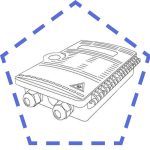 Fiber Optic Termination Boxes
Fiber Optic Termination Boxes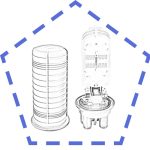 Fiber Optic Splice Enclosures
Fiber Optic Splice Enclosures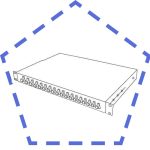 Fiber Patch Panels
Fiber Patch Panels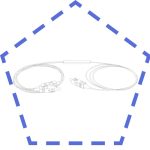 PLC Splitters
PLC Splitters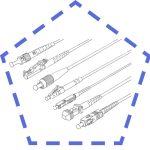 Fiber Optic Pigtails
Fiber Optic Pigtails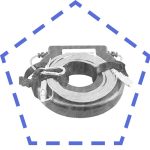 OTDR Launch Cables
OTDR Launch Cables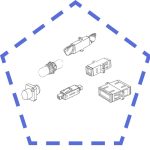 Fiber Optic Adapters
Fiber Optic Adapters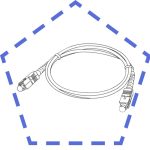 Fiber Optic Patch Cords
Fiber Optic Patch Cords